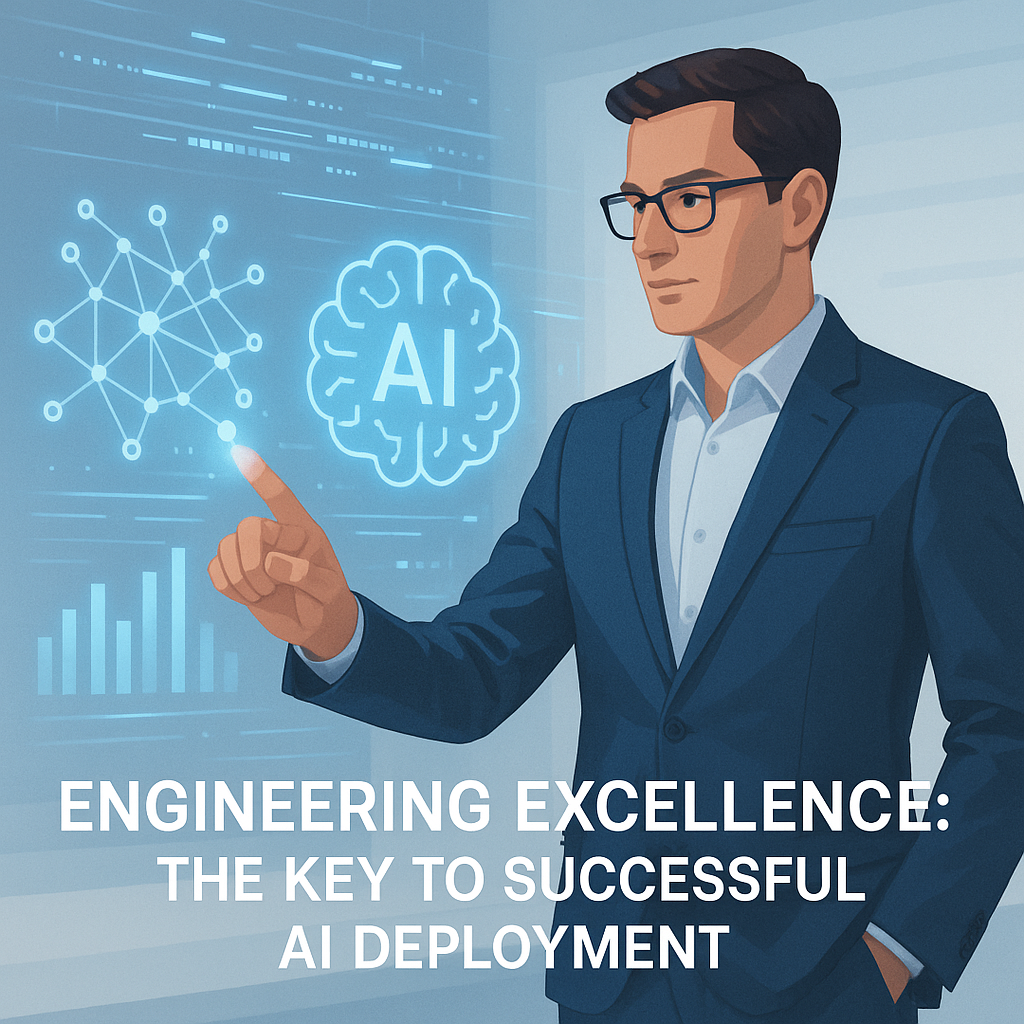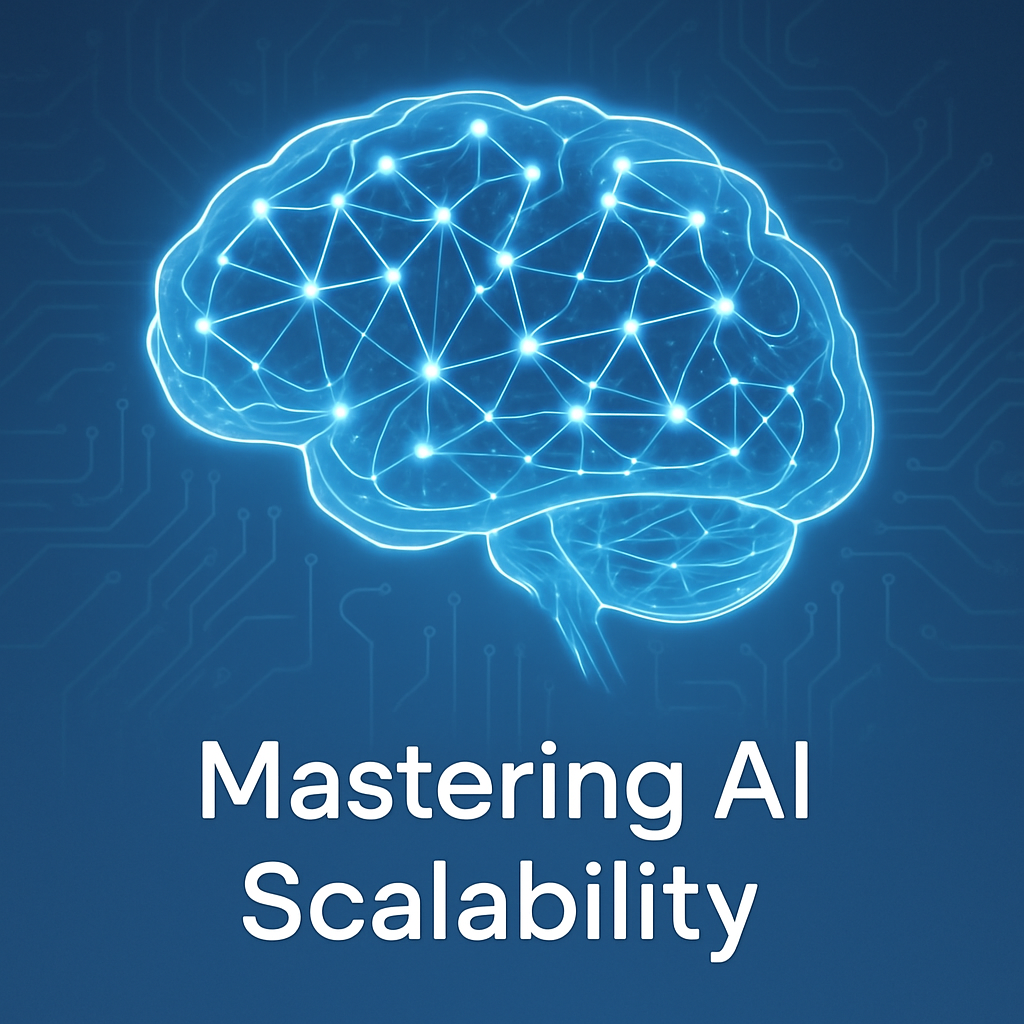Harnessing AI-Driven Strategies for Boosting Efficiency
Artificial intelligence (AI) is no longer a futuristic concept; it is a present-day catalyst transforming business operations across industries. Yet, while many enterprises recognize AI’s potential to enhance productivity, the true power of artificial intelligence lies in the strategic deployment of actionable AI solutions that align directly with core business objectives. The nuanced challenge businesses face today is not merely adopting AI, but integrating it holistically to boost efficiency while preserving creativity, agility, and ethical integrity.
Efficiency, in its traditional sense, often evokes thoughts of cost reduction, faster workflows, or streamlined processes. However, the modern business landscape demands a deeper, layered understanding. Efficiency driven by AI transcends automation of mundane tasks; it incorporates data-driven decision-making, predictive analytics, and dynamic resource allocation that elevate every function—from supply chain to customer service—toward peak performance.
Reimagining Operational Workflows through AI
At the heart of operational efficiency lies workflow optimization. AI-powered tools analyze massive volumes of unstructured and structured data to identify bottlenecks, redundancies, and areas ripe for innovation. For example, machine learning algorithms trained on historic production data can forecast demand fluctuations with impressive accuracy, enabling companies to proactively adjust manufacturing schedules and inventory levels. This preemptive approach reduces waste and lowers operational costs.

Beyond forecasting, robotic process automation (RPA) exemplifies AI’s role in accelerating repetitive tasks such as invoice processing, order fulfillment, and compliance checks. However, the impact multiplies when RPA works in tandem with intelligent document processing, natural language processing (NLP), and decision automation systems. Together, these elements construct an ecosystem where manual intervention is minimized and human effort is reinvested in high-impact strategic initiatives.
A holistic strategy to boost efficiency incorporates cross-functional insights. Integrating AI systems across departments breaks down silos and fosters collaboration through real-time data sharing and unified analytics. This interconnectedness ensures that improvement in one area—say, demand forecasting—informs inventory management, marketing spend, and customer support, creating a virtuous circle of continuous enhancement.
Actionable AI Solutions: From Insight to Impact
Actionable AI solutions differentiate themselves by transitioning from providing raw data or generic predictions to delivering prescriptive and contextual recommendations tailored to business goals. The value lies in AI’s ability to not just analyze what occurred, but prescribe what to do next, enabling faster, more confident decision-making. This evolution is critical for organizations seeking to translate AI investments directly into operational gains.
For instance, in logistics, AI-driven route optimization algorithms reduce fuel consumption and delivery times while balancing driver workloads and regulatory compliance. These are not abstract efficiencies but measurable KPIs that improve both the bottom line and customer satisfaction. Similarly, in sales operations, AI platforms can score leads, suggest optimal engagement strategies, and forecast revenue with precision—transforming sales funnels into high-velocity engines.
Beyond automation and optimization, actionable AI solutions empower businesses to detect anomalies and respond proactively. Cybersecurity systems leveraging AI identify subtle patterns indicative of breach attempts far faster than traditional methods, enabling preemptive action that safeguards assets and reputation. This proactive posture is an efficiency multiplier, precluding damage and downtime before they escalate.
Aligning AI with Strategic Business Goals
The chasm between AI capabilities and business success often arises due to misalignment. Deploying AI for its own sake risks creating disjointed projects that fail to deliver measurable outcomes. To bridge this gap, businesses must establish a clear line of sight between their strategic goals and the specific AI applications that support them.
This alignment begins with rigorous assessment of business pain points, competitive challenges, and growth ambitions. By mapping these priorities against AI solution sets—whether predictive analytics, process automation, or customer intelligence—organizations can prioritize initiatives with the greatest return on investment. Moreover, defining success metrics upfront ensures that AI implementations are continuously evaluated and refined for maximum impact.
A sharp analytical approach involves scenario planning and pilot testing. Controlled AI deployments enable teams to gather real-world feedback, extract learnings, and calibrate solutions to evolving needs. This iterative cycle prevents costly missteps and fosters organizational learning—a vital capability in an AI-driven marketplace.
Unlocking Workforce Potential through AI
A critical dimension often overshadowed in AI discussions is its role in preserving and enhancing workforce creativity and morale. Rather than displacing human talent, actionable AI solutions should liberate employees from rote activities, enabling them to focus on innovation, relationship-building, and complex problem-solving—areas where uniquely human strengths prevail.
For example, AI-assisted design tools transform creative workflows by automating mundane rendering tasks while offering intelligent suggestions that expand conceptual horizons. Similarly, knowledge management systems empowered by AI facilitate rapid access to institutional expertise, elevating decision quality and accelerating learning curves.
This people-first approach demands comprehensive change management strategies. Training programs that upskill employees to work alongside AI tools and transparent communication about AI’s role help alleviate resistance and build trust. In doing so, businesses cultivate an environment where AI and human ingenuity coexist synergistically—a prerequisite for sustainable efficiency gains.
The Ethical Dimension of AI-Driven Efficiency
Efficiency must never come at the expense of ethical considerations. AI’s impact is profound, and irresponsible implementation risks exacerbating bias, infringing privacy, or eroding public trust. Forward-thinking enterprises embed ethical frameworks alongside efficiency targets to safeguard fairness, transparency, and accountability.
Deploying ethical AI includes rigorous data governance policies, bias detection mechanisms, and audit trails that document AI decision pathways. By aligning AI-driven efficiency with social responsibility, businesses reinforce brand integrity, mitigate regulatory risks, and sustain long-term competitive advantage.
“AI that ignores ethics will ultimately erode trust, the currency of modern business,” noted AI ethics expert Dr. Kate Crawford. Embedding ethics is not an ancillary concern—it is central to the holistic approach that ensures AI solutions deliver meaningful and enduring value.
Future-Proofing Through AI-Driven Agility
The velocity of technological advances requires organizations to think beyond immediate efficiency gains and invest in AI-driven agility. This involves creating flexible architectures and continuous learning ecosystems capable of responding swiftly to market shifts, emerging threats, and evolving customer demands.
Scalable AI platforms that integrate seamlessly with existing systems enable rapid deployment of new capabilities without disruption. Meanwhile, a culture that embraces experimentation and data-centric decision-making positions organizations to harness AI’s full potential over time.
In sum, AI-driven strategies for boosting efficiency are multifaceted and demanding. They require the confluence of sharp analytical thinking, strategic alignment with business goals, ethical rigor, and an unwavering commitment to augmenting human potential. When approached holistically, artificial intelligence becomes not just a tool for doing things faster but a transformative force that propels businesses toward enduring success.



